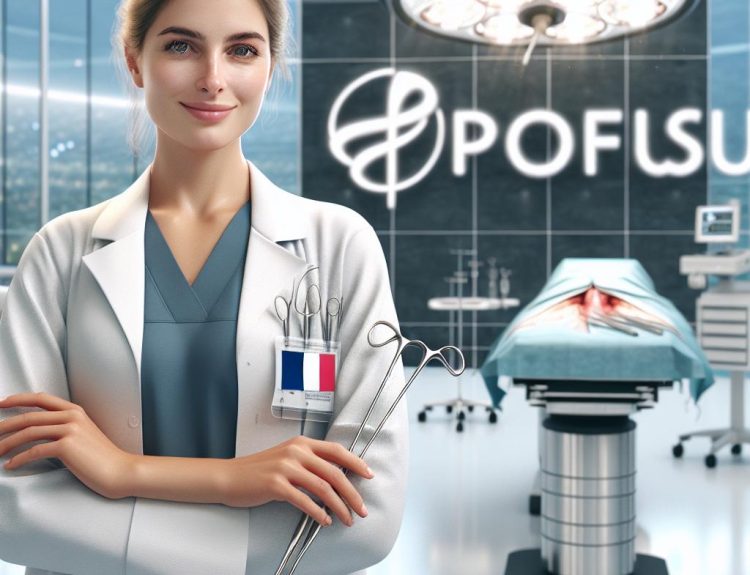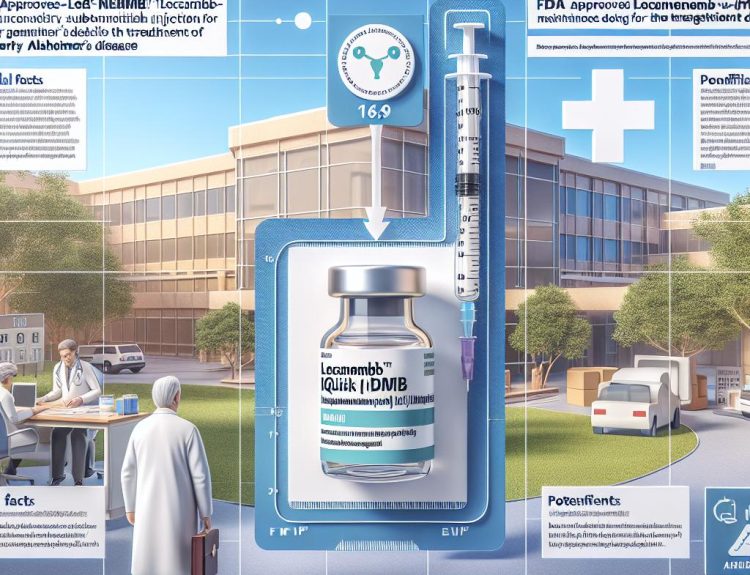Rentschler Biopharma is building a new buffer media station at its Laupheim, Germany headquarters, the largest single investment the company has made at the site, with full operations targeted for 2028. The four-story, 3,400‑square‑meter facility will add dedicated capacity for process media and buffers, featuring three media tanks and six buffer tanks, high levels of automation and digitalization, and direct integration into the site’s in‑house logistics and the piping networks that feed upstream and downstream suites. Alongside the construction milestone, the company convened a discussion on Germany’s biotech competitiveness and the role of partnerships, signaling that this is as much a strategic move as it is an infrastructure upgrade.
The editorial takeaway: Rentschler is attacking an underappreciated bottleneck in biologics manufacturing. In many GMP plants, reactors and chromatography skids are not the constraint—buffer and media preparation, movement, and release are. By centralizing and automating this function, a CDMO can unlock higher facility utilization, reduce human error and contamination risk, shorten changeovers, and compress batch cycle times. For a market where late‑stage tech transfers and launches hinge on reliable capacity, control over buffers and media is becoming a competitive differentiator rather than a back‑room utility.
This matters now because outsourcing demand remains structurally high as small and mid‑cap biotechs navigate capital scarcity and large pharmas hedge internal capacity. For Commercial leaders planning launches between 2026 and 2029, CDMOs that de‑risk ancillary operations can materially reduce supply interruptions that derail pricing, contracting, and market access rollouts. For Medical Affairs and Clinical Operations, tighter control of buffer and media logistics can translate into more predictable clinical supply for global studies and fewer deviations that trigger protocol amendments or rework. Patients and payers ultimately benefit from fewer shortages and more stable supply, while competitors will note that process-adjacent investments, not just headline reactor volume, are becoming table stakes.
The project also tracks with broader European themes. Policymakers are pressing for strategic health sovereignty, and Germany in particular is scrutinizing the local business environment for advanced manufacturing. While mega‑campus expansions accelerate in the US and Asia, this build anchors high‑value capacity in the EU and signals confidence in the region’s role in complex biologics. The partnership posture with an innovation platform underscores another trend: CDMOs’ positioning earlier in the value chain as translational partners, smoothing the handoff from academic or startup discovery to industrial implementation. As digital GMP systems mature, expect tighter data integration across prep, production, and QC to become a qualifier in sponsor due diligence, with sustainability performance an increasingly visible tie‑breaker.
Execution risk remains the test. Energy costs, skilled labor availability, and regulatory expectations will shape how quickly the new station delivers the intended throughput and quality gains. Demand visibility is another variable: the biologics mix is shifting toward bispecifics, next‑gen antibodies, and modality combinations that can stress buffer recipes and logistics differently from legacy mAbs. The strategic question for sponsors and CDMOs alike is whether investments in core raw‑material handling and infrastructure will expand to include upstream control of media formulations and critical supply chains, creating a more vertically integrated and resilient model. By 2028, will the winners in outsourced biologics be defined less by bioreactor count and more by how seamlessly they orchestrate the flows of buffers, media, data, and quality across the plant?
Jon Napitupulu is Director of Media Relations at The Clinical Trial Vanguard. Jon, a computer data scientist, focuses on the latest clinical trial industry news and trends.







